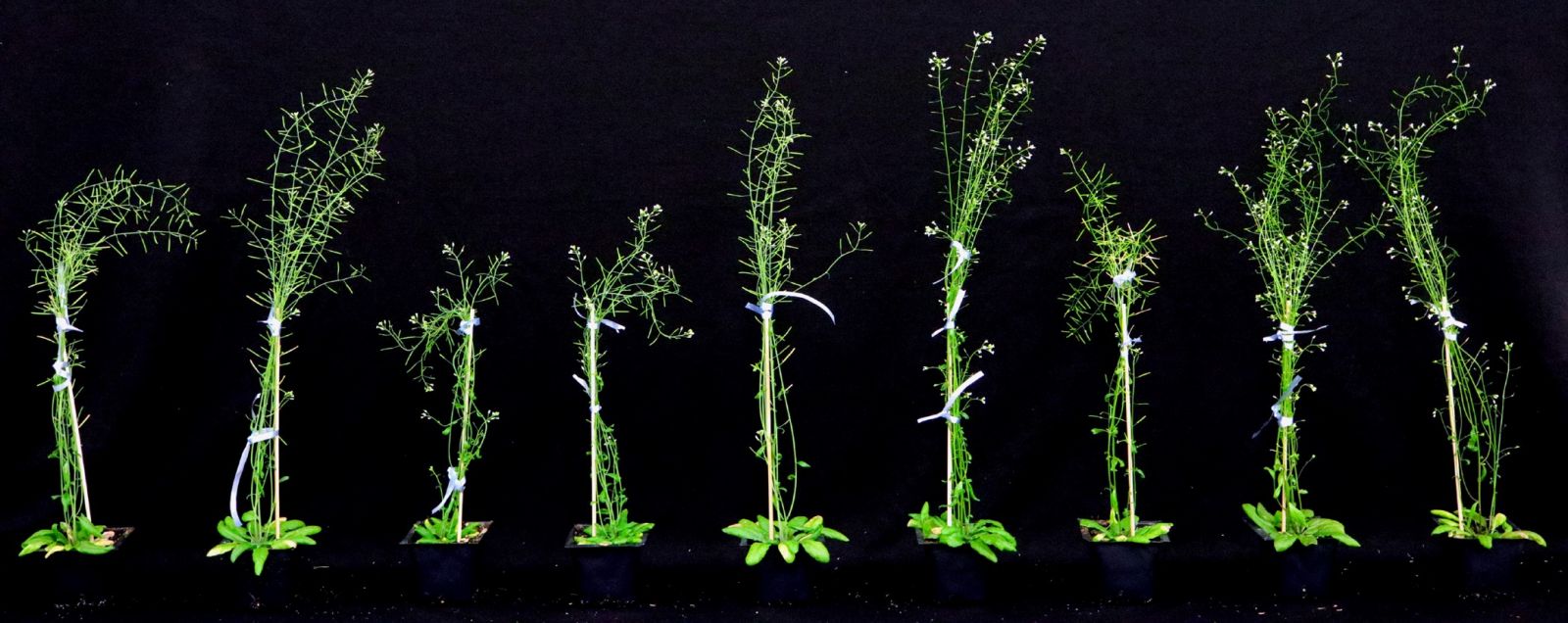Wax proves key to protecting crops from drought and frost
A team of researchers used the Canadian Light Source to show that cuticular wax—a waxy layer that covers exterior surfaces of plants, much like human skin—provides a barrier against low temperatures and dehydration.
By Sarath PeirisA closeup on a field of wheat.
While numerous studies have established the role of cuticular wax in impacting drought resistance, few studies have examined its role in plant frost resistance and even fewer have examined both, said Dr. Karen Tanino with the College of Agriculture and Bioresource at USask. Her team’s findings were published recently in the International Journal of Molecular Sciences.

The ultimate goal of the research is to provide plant breeders with information that enables them to more efficiently select superior genetic lines and develop more climate-resistant crops, said Tanino.
“People often think that under global warming, we no longer have to be wary of low-temperature stress,” she said.
“Actually, it brings on more problems with frost because as spring is getting earlier, plants begin to grow earlier but the night temperatures are still cold so plants can still freeze. Similarly, the fall season may get extended, but there is still a risk of frost. The climate is getting to be more unpredictable and more extreme.”

The scientists studied the impacts of drought and cold temperature stress on the plant Arabidopsis, which is in the same family of plants such as canola and mustard. Arabidopsis has been the plant of choice for molecular biology research because its small genome—the full DNA makeup—has been mapped, and different mutants of the plant are available.
Tanino’s team studied the low temperatures and drought stress performance of an Arabidopsis variant with less cuticular wax, one that overproduces the wax, and a third wild variety.
“The plant with less wax actually froze earlier than the wild type or the one that had more wax. Results were also similar in terms of water loss,” she said. “It reinforced our thinking that these particular components in the cuticular layer are important not just to one stress but to multiple stresses.”
Cuticular waxes are a mixture of very long-chain, water-repelling fatty acids. The longer the chain, the more water-repellent the wax, thus less water can adhere to a plant’s leaves, stems, flowers and other surfaces to freeze, she said.

The researchers used the Mid-IR beamline at the CLS to study Arabidopsis leaves to the depth of two microns (two millionths of a meter), which provided information on the quantity and quality of the surface wax.
A plant freezes from the outside in, Tanino explained. Once water freezes on the outer surfaces, it quickly propagates inside the plant, where frozen cells then die. She argues that the best way to keep plants from freezing is by selecting waxy varieties. Breeding strong water-repellent qualities into cultivars will repel water from adhering to the surface.
“There are enzymes and biochemical pathways that upregulate this wax biosynthesis. So, if breeders and molecular geneticists can identify the target and then select from tens of thousands of potential pathways, they may be able to develop more climate adaptive plants a lot sooner in a lab than by exposing them to whatever stress exists in the fields,” Tanino said. More waxy types also did not appear to have reduced yield.
Research funding was from the Natural Sciences and Engineering Research Council, Saskatchewan Ministry of Agriculture, and the Saskatchewan Wheat Development Commission.
Rahman, Tawhidur, Mingxuan Shao, Shankar Pahari, Prakash Venglat, Raju Soolanayakanahally, Xiao Qiu, Abidur Rahman, and Karen Tanino. "Dissecting the roles of cuticular wax in plant resistance to shoot dehydration and low-temperature stress in Arabidopsis." International journal of molecular sciences 22, no. 4 (2021): 1554. https://doi.org/10.3390/ijms22041554
To arrange an interview, contact:
Victoria Schramm
Communications Coordinator
Canadian Light Source
306-657-3516
victoria.schramm@lightsource.ca
